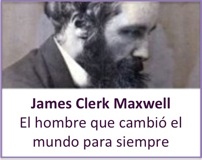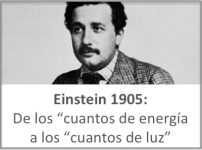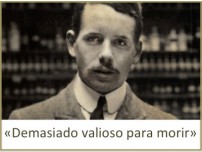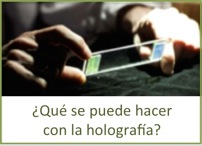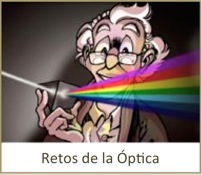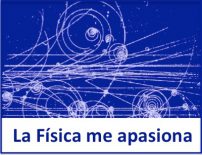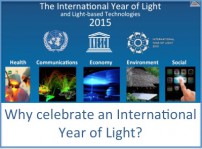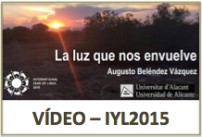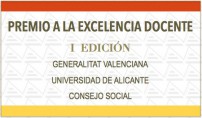diciembre 2025 M T W T F S S 1 2 3 4 5 6 7 8 9 10 11 12 13 14 15 16 17 18 19 20 21 22 23 24 25 26 27 28 29 30 31 -
Entradas recientes
Etiquetas
- Ampliación de Física
- Anécdotas
- Applets
- Aprendizaje
- Asignatura
- Año de la Luz
- Biografía
- Ciencias
- Conferencias
- Dinámica
- Divulgación
- Docencia
- Día Internacional de la Luz
- Educación
- Einstein
- Electromagnetismo
- Enseñanza
- Entrevistas
- EPS
- Experiencias
- Experimentos
- Física
- Grado en Ingeniería Robótica
- Historia de la Física
- Innovación
- Investigación
- Laboratorio
- Maxwell
- Mecánica
- Mujeres en ciencia
- Noticias
- Ondas
- Optica
- Oscilaciones
- Premios Nobel
- Prensa
- Prácticas
- Radio
- Sociedad
- Sonido e Imagen
- Tecnología
- Telecomunicaciones
- TIC
- Universidad
- Vídeos
Meta
Author Archives: Augusto Beléndez
Inducción electromagnética y relatividad
“Lo que me condujo, en forma más o menos directa, hacia la teoría especial de la relatividad, fue la convicción de que la fuerza electromotriz que actúa sobre un cuerpo en movimiento dentro de un campo magnético, no es más … Continue reading
Posted in Asignatura, Divulgación
Tagged Divulgación, Electromagnetismo
Comments Off on Inducción electromagnética y relatividad
Leyes de Maxwell: cuatro ecuaciones que explican el electromagnetismo
En siglo XIX, Maxwell logró unificar las diferentes teorías electromagnéticas existentes en solo cuatro elegantes ecuaciones, cambiando por completo la concepción de la realidad. ¿Logras hacerte una idea de lo difícil que puede ser unificar en unas simples ecuaciones toda … Continue reading
Posted in Electromagnetismo II, Historia de la Física
Tagged Divulgación, Electromagnetismo, Física, Historia de la Física
Comments Off on Leyes de Maxwell: cuatro ecuaciones que explican el electromagnetismo
Las ecuaciones de Maxwell
Posted in Enseñanza/aprendizaje, Materiales docentes
Tagged Asignatura, Ciencias, Electromagnetismo, Maxwell
Comments Off on Las ecuaciones de Maxwell
Los diez experimentos más bellos de la Física
En el año 2002 Robert P. Crease, historiador de la ciencia, preguntó a los lectores de la revista Physics World (donde escribe una columna desde el año 2000 titulada critical point) cuáles eran, en su opinión, los experimentos más bellos … Continue reading
Posted in Divulgación, Historia de la Física, Laboratorio
Tagged Divulgación, Enseñanza, Experiencias, Historia de la Física
3 Comments
Comienza la asignatura “Fundamentos Físicos de las Estructuras” del Grado en Arquitectura Técnica de la UA
Contenidos para el curso 2023-24 Tema 1. Análisis vectorial Introducción Clasificación de las magnitudes vectoriales Representación gráfica y analítica de un vector Álgebra vectorial Producto escalar de dos vectores Producto vectorial de dos vectores Vectores y geometría analítica Tema 2. … Continue reading
Posted in Asignatura, Noticias
Tagged Asignatura, Estructuras, Física, Grado en Arquitectura Técnica
Comments Off on Comienza la asignatura “Fundamentos Físicos de las Estructuras” del Grado en Arquitectura Técnica de la UA







